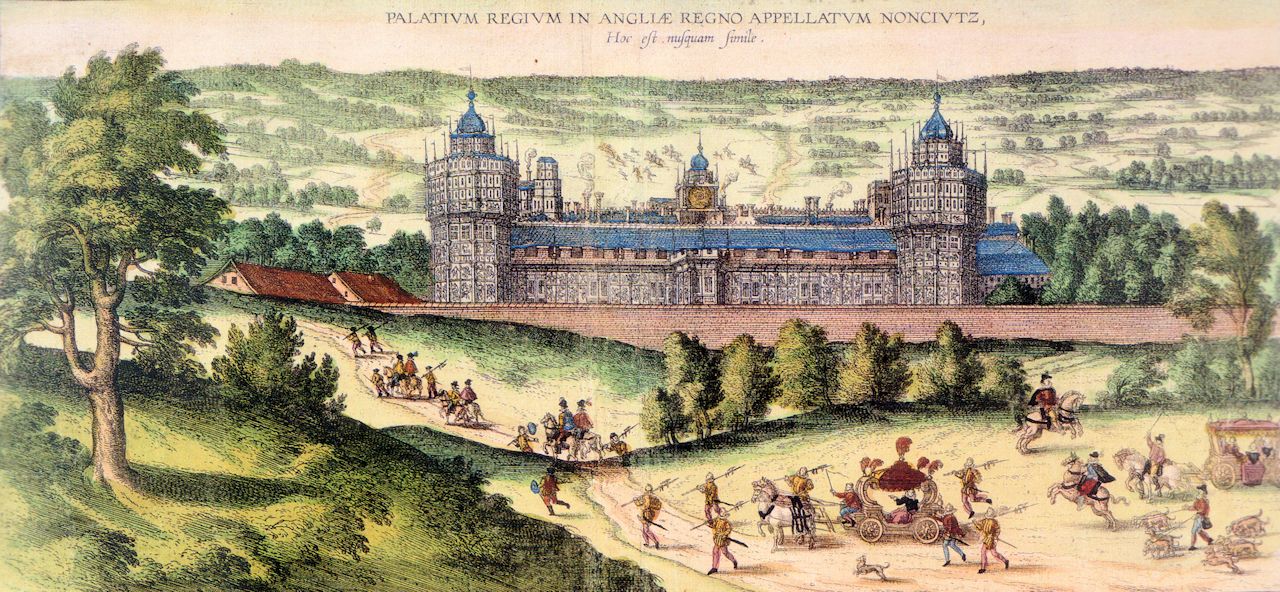
Detail of Nonsuch Palace from the North East, circa 1666–1679, attributed to Hendrick Danckerts
Henry VIII’s palaces of Nonsuch and Hampton Court
Whilst we were house sitting in Cheam, south of London, we would take our dog Rufus for walks in Nonsuch Park nearby. With a name like that I had to google it! Henry VIII built a palace here that was so magnificent that there was “nothing like it” to be found. The name Nonsuch soon started to appear in the construction records. However, we saw no evidence of a palace in the park.
A few days later we visited Hampton Court Palace, a very well-known and popular tourist site. This was another palace owned by Henry VIII and still very real in all its splendor. A little research brought to light the disparate histories of palaces through the ages.
First a quick list of principle royal characters: Henry VIII (he of many wives) succeeded by his son Edward VI (1547-53), daughter Mary 1(1553-58), then youngest daughter Elizabeth 1(1558-1603)
From 1649 -1660 England was a parliamentarian Commonwealth with no ruling monarchs.
Nonsuch Palace
Henry VIII decided on a new palace near his hunting grounds. A village had to be destroyed to provide the site for the palace and grounds. Started in1538, it took nine years to build at a cost of £24,000 (£128 million in 2017 currency). Henry VIII died in 1547, apparently before the completion. It was designed to celebrate the power and grandeur of the Tudor period and built to rival the Chateau de Chambord in France.
The maintenance costs of these palaces must have been significant. You get the impression that maybe this was the reason they changed hands on a fairly regular basis. In 1556 Mary I sold Nonsuch to the Earl of Arundel, whose son-in-law sold it back to Elizabeth I in the 1590s. During the commonwealth Nonsuch was given a General Pride, but handed back to the Crown in 1660. 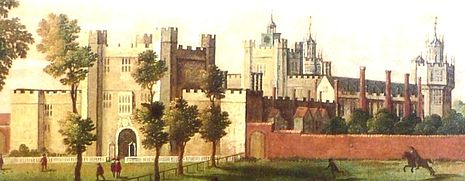
An early 17th century depiction of Nonsuch Palace
In 1670 Charles II then gave it to his mistress. This may seem extravagant, but apparently, she had five children by Charles I. She was very influential and had the title of “Lady of the Bedchamber”, which meant she was lady-in-waiting to the queen. However, around 1682-3, as her influence was waning, she proceeded to tear down Nonsuch Palace and sell off the materials piece by piece, to pay off her gambling debts! Apparently, she has many famous descendants including, Diane, Princess of Wales.
Some items can still be found in other great houses or in the British Museum.
There is now no trace of the structure at the site. Certainly, a stunning demise of a palace
Hampton Court Palace
Cardinal Wolsey bought a religious order property in 1514, converting it into a palace. However, sensing his downfall from power he gifted the palace to Henry VIII in 1528. Henry promptly initiated a significant expansion to transform it into a principal residence. The great hall, where he dined in state, is certainly impressive, as are the enormous kitchens needed to feed the large numbers of courtiers and staff.
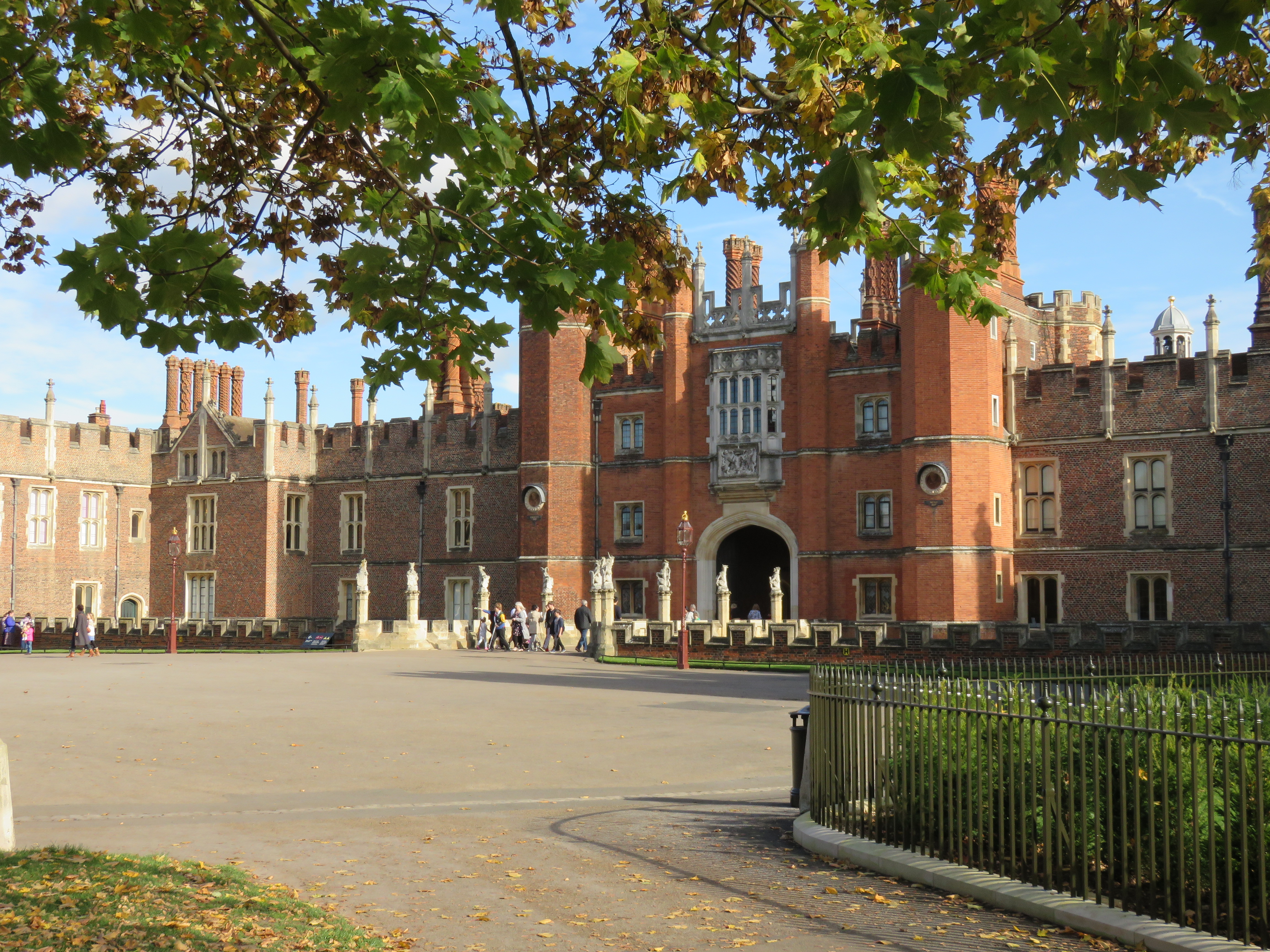
This palace borders on the river Thames, which was in those times, the preferred mode of transport to and from London. This became the principle residence for a series on monarchs. During the Commonwealth, much of the furniture was sold off but the building left intact. 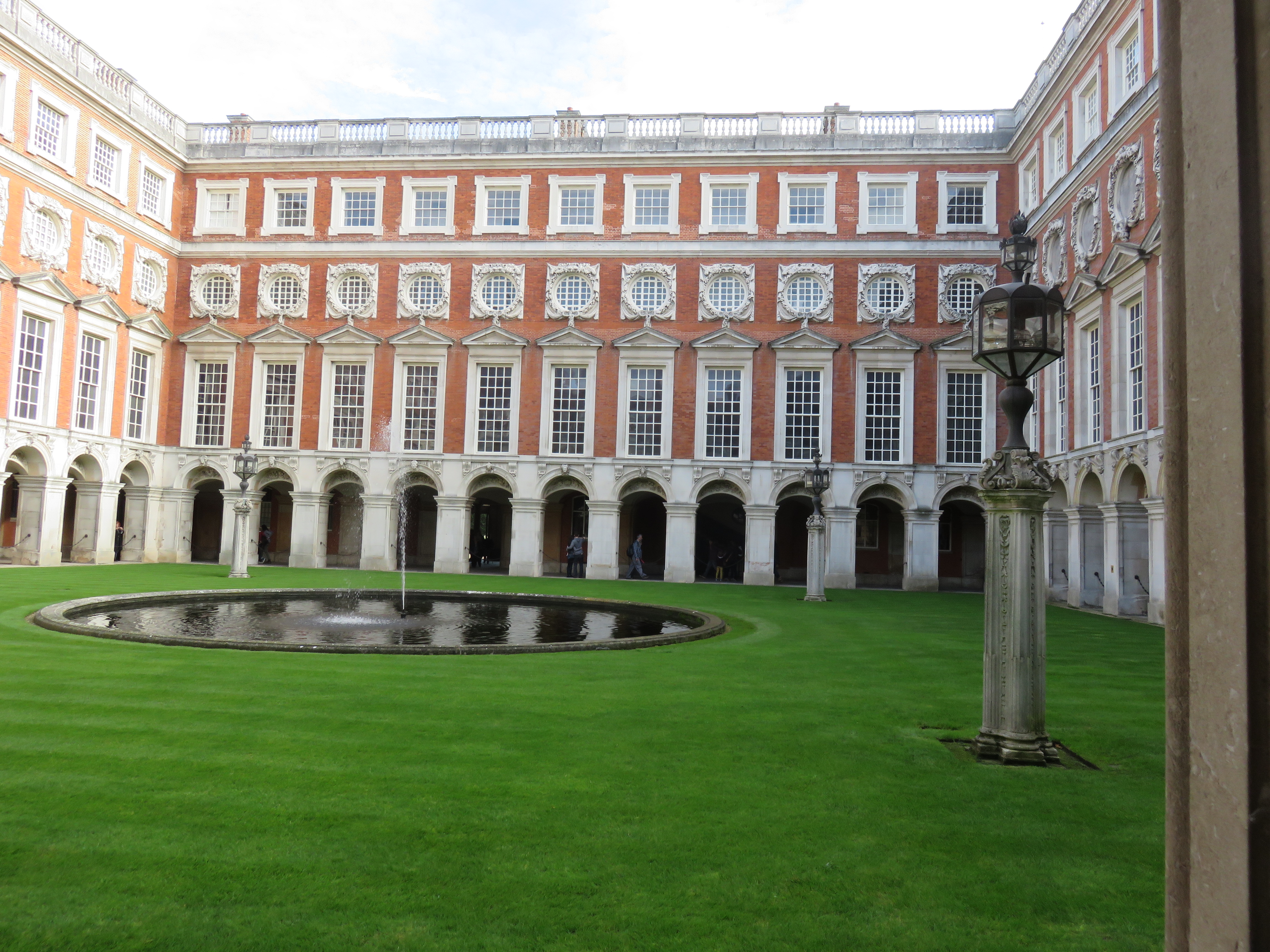 Major renovations and expansions were carried out in the 17th and 18th centuries, both to the palace and to the extensive grounds. This has resulted in a mix of architectural styles. Upon the death of George II in 1760, the palace became a house of grace and favors. As a reward for past services, certain people were allowed to live rent free in apartments. Queen Victoria opened the palace to the public. The last grace and favor tenant admitted was in the 1980s and by 2017 none remain. The palace is now a protected property.
Major renovations and expansions were carried out in the 17th and 18th centuries, both to the palace and to the extensive grounds. This has resulted in a mix of architectural styles. Upon the death of George II in 1760, the palace became a house of grace and favors. As a reward for past services, certain people were allowed to live rent free in apartments. Queen Victoria opened the palace to the public. The last grace and favor tenant admitted was in the 1980s and by 2017 none remain. The palace is now a protected property.
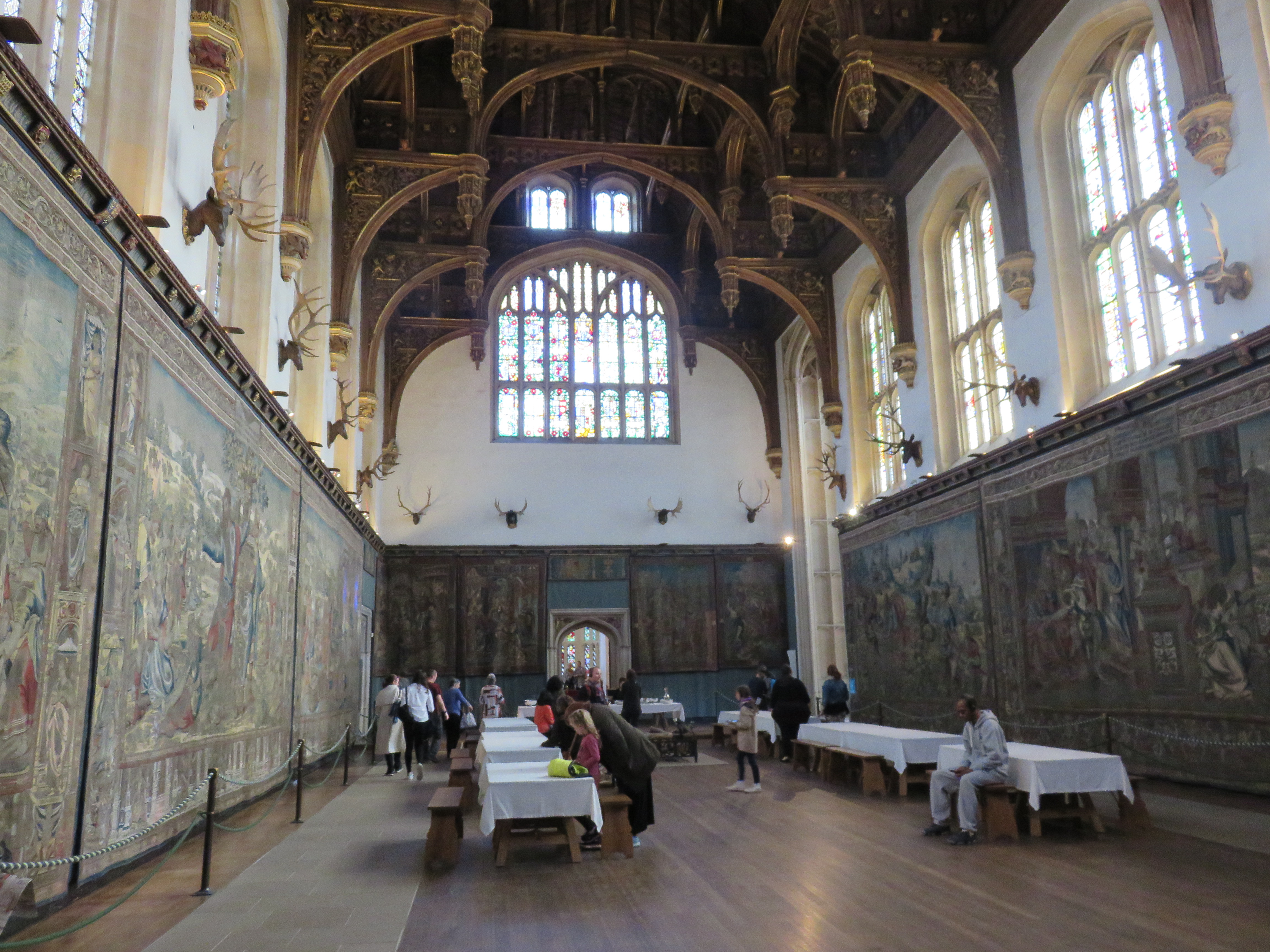
There is a definite impression that there was a constant fight by the ruling classes between the need for opulent exhibitionism and surviving financial ruin. Many monarchs and courtiers had financial difficulties. However, the ruling classes diverted national wealth to meet the needs of such opulence and that wealth was distributed based upon favors and influence. That would never happen in today’s world, right!
I feel that I must give thanks to Wikipedia and other sites that allowed me to research the subject matter and find images of Nonsuch.


